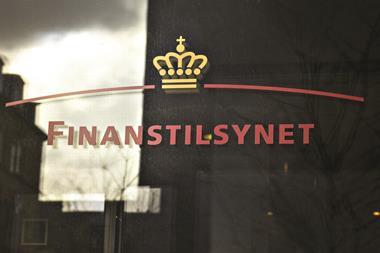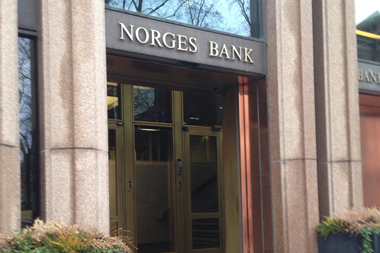GERMANY – The government has completed the sale of €8bn worth of new 10-year bonds, but German pension funds queried by IPE say they did not directly take part in the auction.
Speaking on the condition of anonymity, funds explained that it was not typical for them to invest directly in the bonds, known as Bunds.
“When we invest directly, we usually buy Schuldscheine (non-negotiable loan certificates) and Pfandbriefe (covered bonds), as they, unlike such a liquid instrument as a Bund, are more suited to our buy-and-hold strategy,” one said.
The schemes added that it was possible that asset managers in charge of their bond or balanced funds could have bought into the new 10-year Bund, but “we don’t have any immediate knowledge of that”.
Today’s auction of new 10-year Bunds, conducted by the Bundesbank, was 1.4 times oversubscribed. The new bonds are due on July 4 2016 and carry a coupon of 4%.
Sources familiar with today’s auction in Frankfurt said that while they could not rule out buying activity on the part of pension funds, the main bidders were international banks.
Indeed, Germany’s Finanzagentur, which is the government’s treasurer, last December disclosed a list of 34 German and foreign banks that form what it calls the “bidder consortium”.
Still, the Finanzagentur issues Bunds that are directly relevant to pension funds, which have long-term liabilities. Last January, it issued €6bn worth of 30-year Bunds and plans to issue another €6bn worth in July.
The Finanzagentur has also been empowered by the government to issue Germany’s first inflation-linked bonds (linkers), though the agency has not given a timeframe for the move.
Linkers, which have a maturity of at least 10 years, are suitable to liability-driven investors like pension funds because they seek to protect initial investment volumes from the effects of inflation.












No comments yet